Famous course architect Alister MacKenzie may not have been involved in restoration work during his career; but he did undertake some renovations.
The Maori word ‘Titirangi’ translates as ‘Fringe of Heaven’ – which is a perfectly apt description of Dr Alister MacKenzie’s course in Auckland. In talking about golf course restoration and renovation, one does not have to look much further for an illustrious example than Titirangi Golf Club. – Kristine Kerr


The best example of pure restoration at Titirangi is at the par-4 12th which involved re-laying the green and recreating the MacKenzie bunker lines. – Titirangi GC: Slice of Heaven – Titirangi GC, New Zealand by Kristine Kerr – Issue 19 – Kristine Kerr
Playing Titirangi is a revered experience; it’s known for its thought-provoking challenges on undulating terrain, with a variety of ways to play holes. It is enjoyed by so many, being representative of a MacKenzie course in providing a demanding challenge for the good golfer yet not arduous for the higher handicapper. The course reveals more of itself upon frequency of playing and golfers love to return to attempt to conquer it. Since 1933 it has hosted many tournaments, including several New Zealand Opens.
MacKenzie’s 1927 design was in fact a renovation of the original course. Titirangi opened in 1920, having been established by members as a second course in a new location for the Maungakiekie Golf Club. Its original design was prepared by local professionals FG Hood and Gilbert Martin; as the club grew in number, playability issues arose and needed addressing. The “forward-thinking” committee of the day exhaustively sought an experienced golf course architect, settling on Dr MacKenzie as their standout choice.
Titirangi’s Director of Golf, Doug White, explains that MacKenzie first set eyes on the course after a spending a relaxing week fishing. He explored the site and its features, crafting a remodelling plan of the course with nine greens to be amended. MacKenzie left Bert Cooke to implement the plans; subsequently 13 of its greens were altered and nine new fairways created. As White put it, MacKenzie “must have been one hell of a communicator”, as the results were 100 per cent MacKenzie and wholly reflective of the MacKenzie style elsewhere at the time.
The Club has always been aware of the magic of MacKenzie’s design, although over time bunkers and greens had noticeably changed shape and size, gradually becoming simpler and more uniform. Hazards became irrelevant or conversely only punished the bogey golfer. Accordingly, in the 1990s the Club determined to undertake ‘restoration’ of the course. Titirangi engaged designer Chris Pitman, who shared their ethos and appreciation of MacKenzie’s work.
As White says, often courses struggle with a restoration process, due to original drawings being lost or non-existent – but Titirangi was fortunate to be armed with original MacKenzie drawings intact, as well as many photos from over the years. Pitman prepared a masterplan and used existing material to replicate greens and bunker styling and contouring.
The prominence MacKenzie placed on distinctive lines of play for bogey golfers versus scratch golfers was understood, as well as the philosophy that a golfer should be required to employ a variety of shots during the round. Technology since the 1920s had rendered the location of some features irrelevant to strategy – unsafe even – and the restoration needed to be balanced with modern golfing requirements.
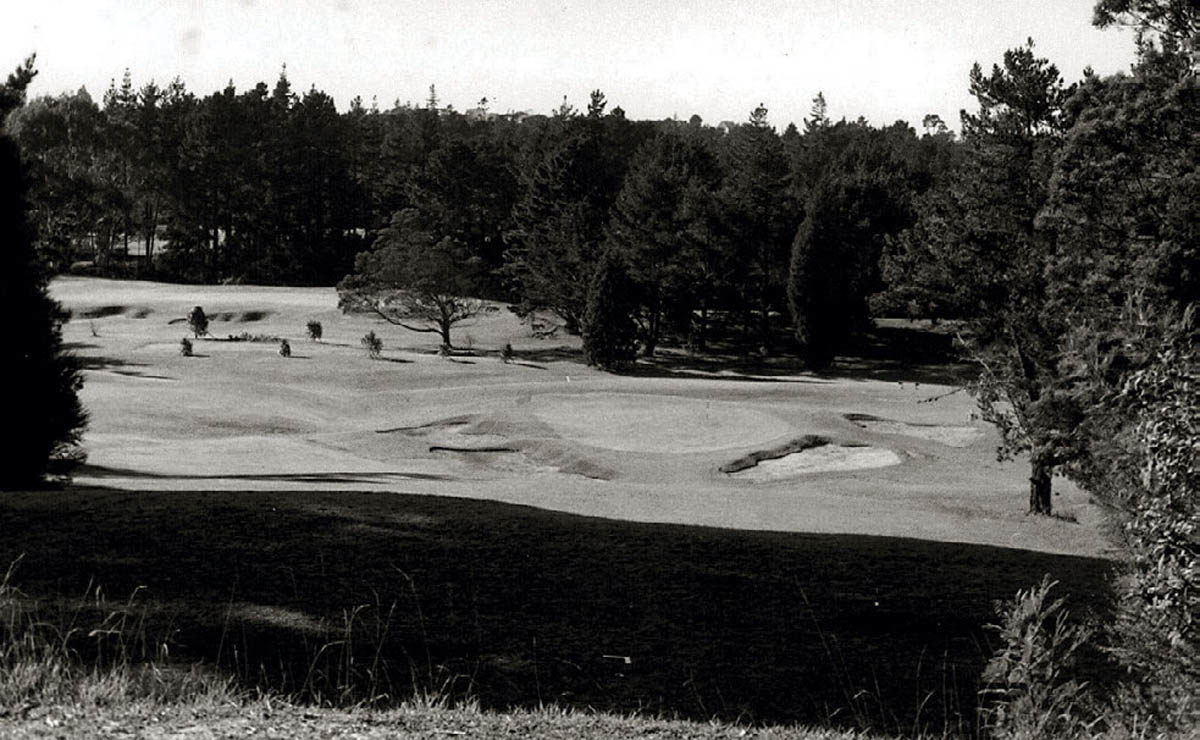

Images from the 1950s show established tree lines and also holes with more open areas. :1 – Titirangi GC: Slice of Heaven – Titirangi GC, New Zealand by Kristine Kerr – Issue 19 – Kristine Kerr
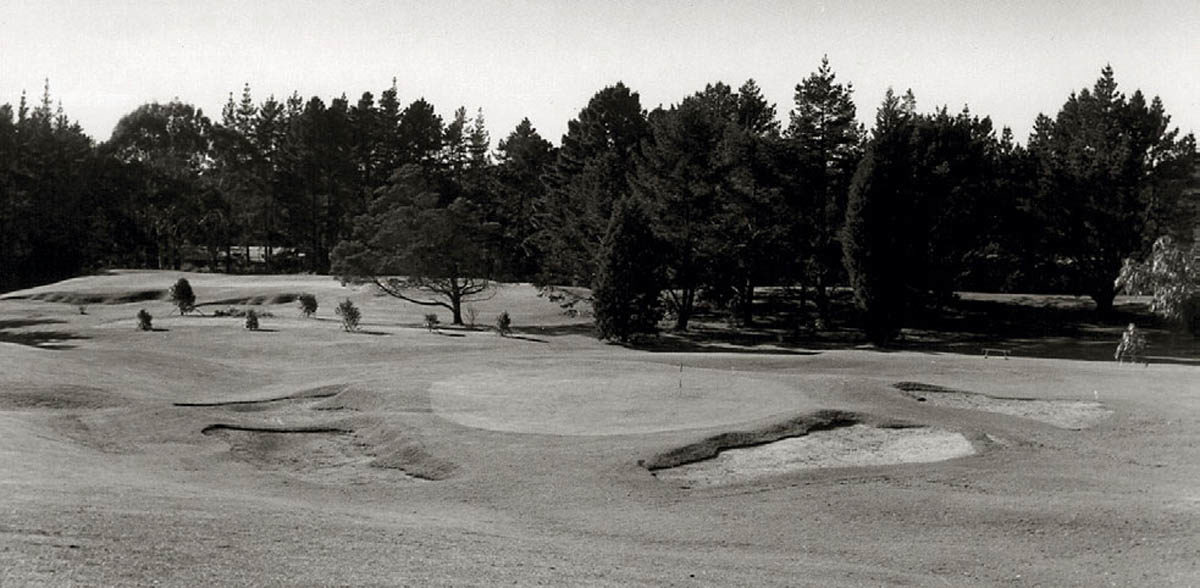

Images from the 1950s show established tree lines and also holes with more open areas. :2 – Titirangi GC: Slice of Heaven – Titirangi GC, New Zealand by Kristine Kerr – Issue 19 – Kristine Kerr
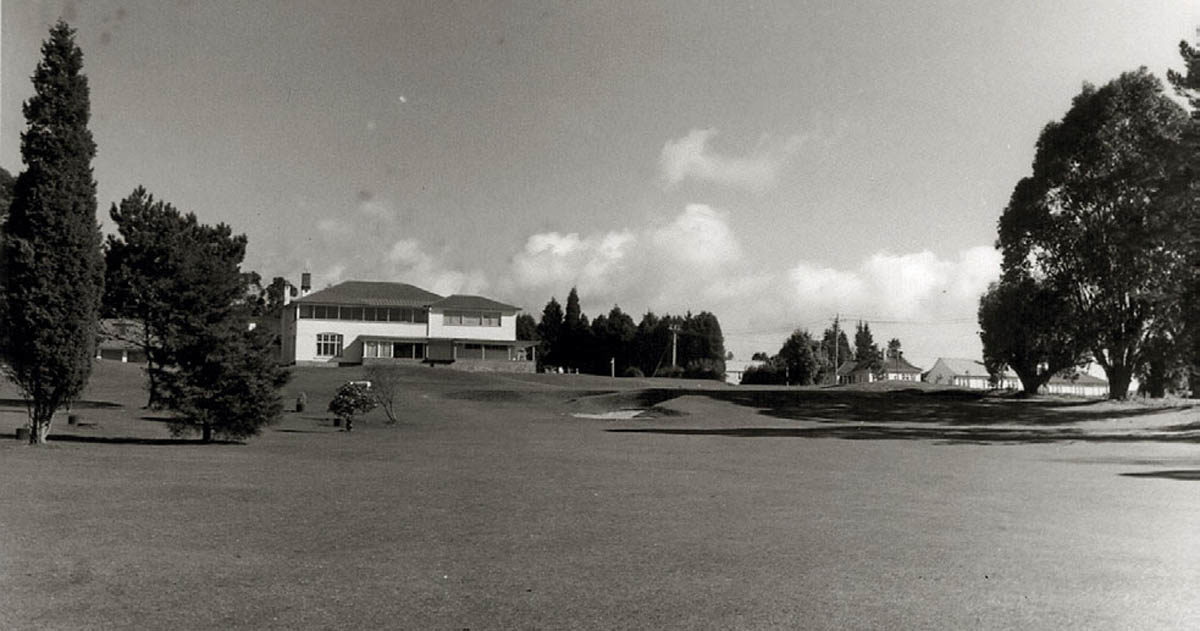

Images from the 1950s show established tree lines and also holes with more open areas. :3 – Titirangi GC: Slice of Heaven – Titirangi GC, New Zealand by Kristine Kerr – Issue 19 – Kristine Kerr
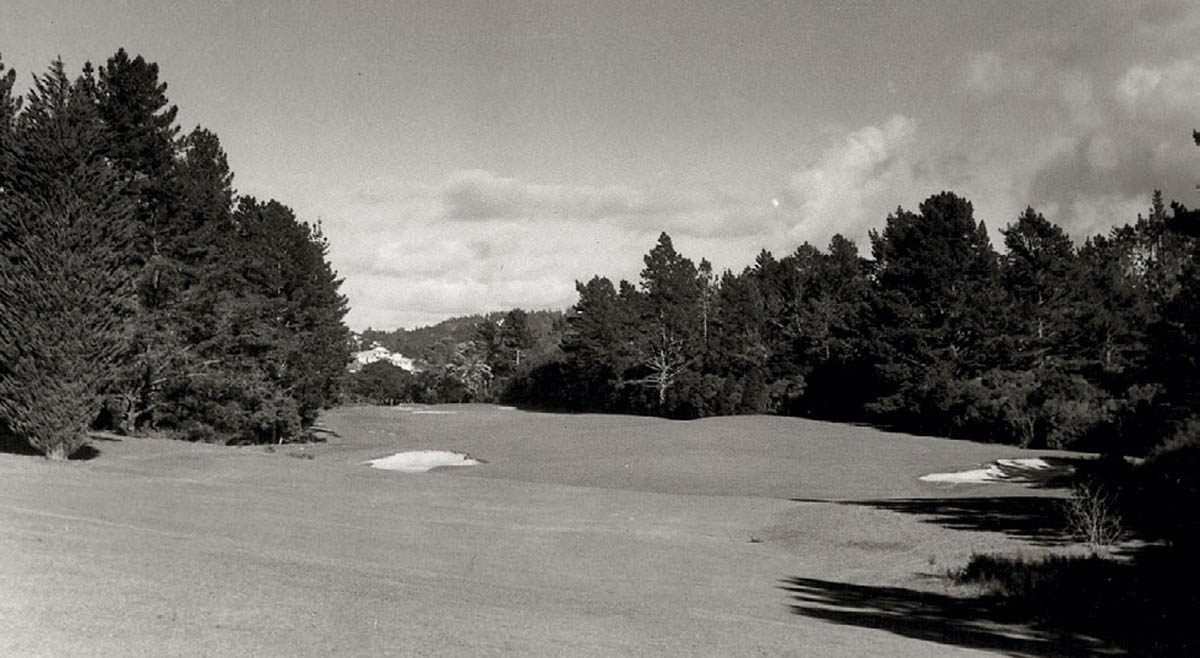

Images from the 1950s show established tree lines and also holes with more open areas. :4 – Titirangi GC: Slice of Heaven – Titirangi GC, New Zealand by Kristine Kerr – Issue 19 – Kristine Kerr
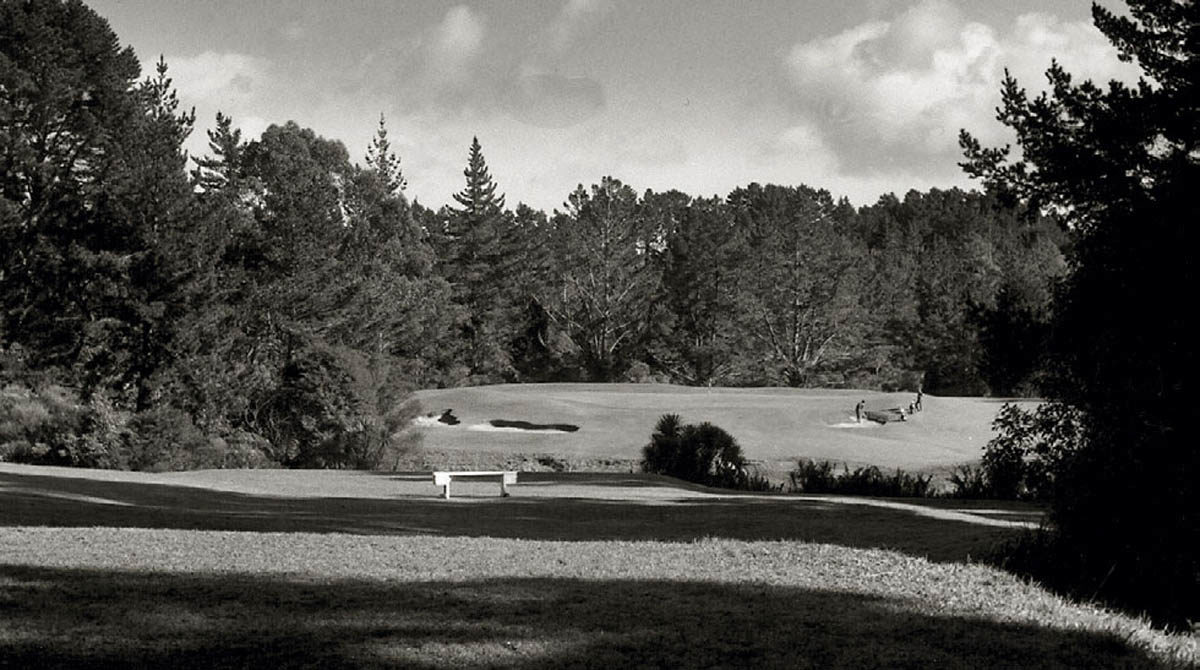

Images from the 1950s show established tree lines and also holes with more open areas. :5 – Titirangi GC: Slice of Heaven – Titirangi GC, New Zealand by Kristine Kerr – Issue 19 – Kristine Kerr
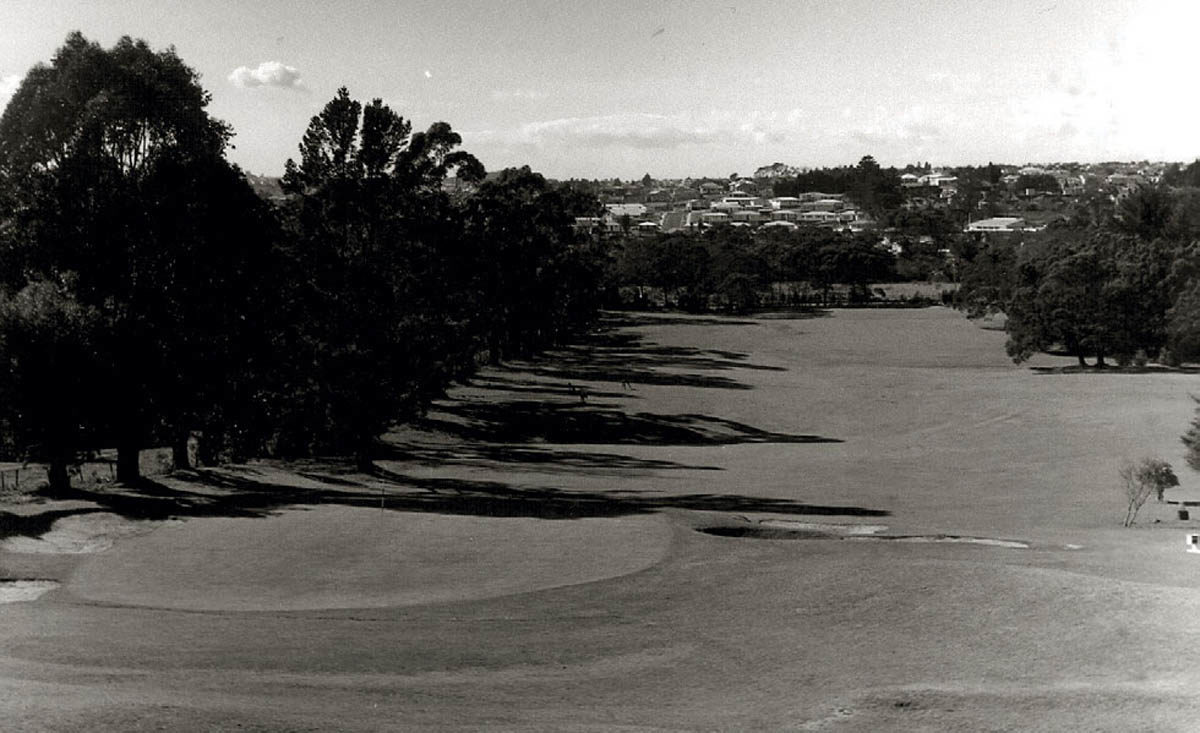

Images from the 1950s show established tree lines and also holes with more open areas. :6 – Titirangi GC: Slice of Heaven – Titirangi GC, New Zealand by Kristine Kerr – Issue 19 – Kristine Kerr
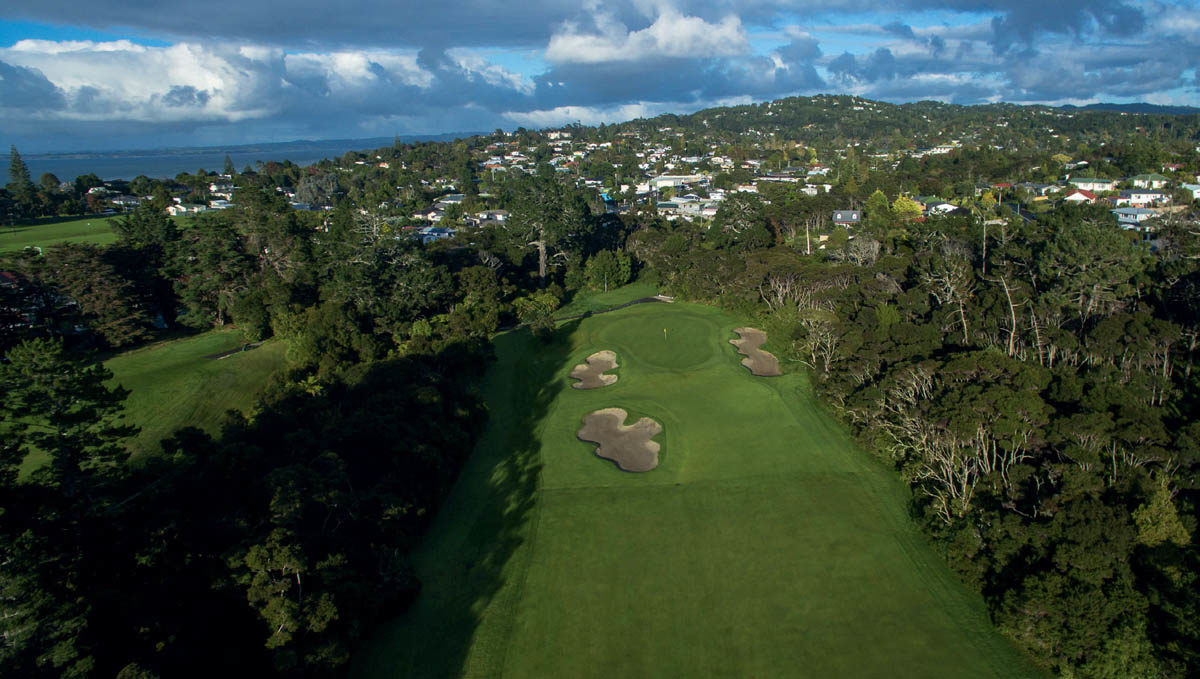

The restored MacKenzie green and bunkers at the 12th require considerable strategic play. – Titirangi GC: Slice of Heaven – Titirangi GC, New Zealand by Kristine Kerr – Issue 19 – Kristine Kerr
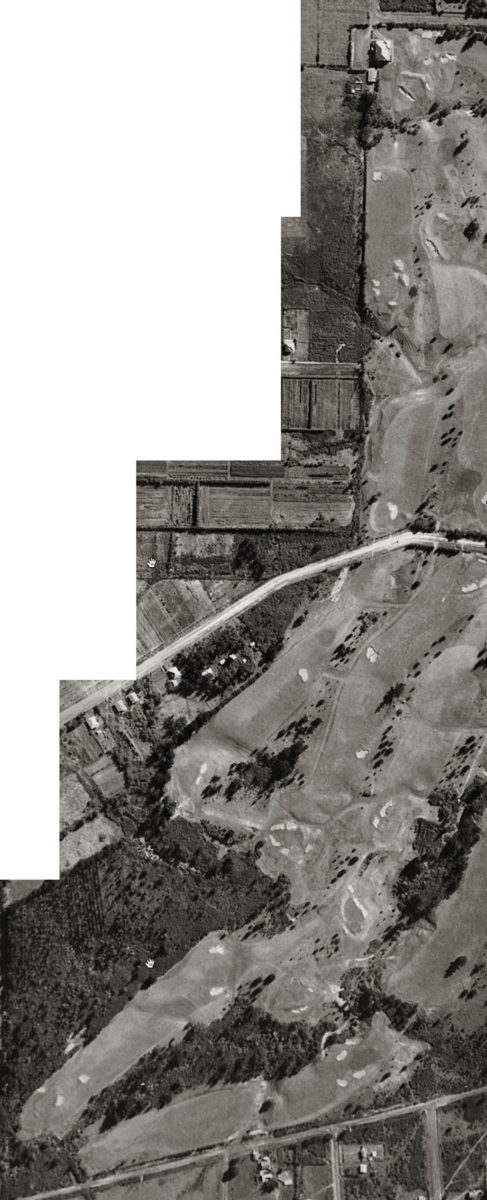

A 1940 aerial photo, taken 13 years after MacKenzie left his footprint on the original course design. – Titirangi GC: Slice of Heaven – Titirangi GC, New Zealand by Kristine Kerr – Issue 19 – Kristine Kerr


The slightly blind tee shot on the uphill 6th, ‘Terraces’. – Titirangi GC: Slice of Heaven – Titirangi GC, New Zealand by Kristine Kerr – Issue 19 – Kristine Kerr
Questions arose – for example, should the shape and size of bunkers be restored in the same position, or should they be moved to regain the strategy that was originally intended? Or alternatively to regain the strategy, keep the bunker and move the tee further back?
White caddied in some of the NZ Opens held at Titirangi; he recalls the 6th and 9th holes, which play parallel and towards each other, with part-shared fairway and where the layout and slopes constantly, created a bottleneck. The fairway had a strong right-to-left slope towards a steep gully on the left. With only a short wedge shot possible out of the gully, the best line of play was right, to a plateau towards the drive on the 9th. There was some interpretation, involving filling in part of the gully to allow a longer shot and keeping play flowing, and reducing the dangers for golfers on the adjoining 9th. The angle of the green has been changed accordingly, while retaining the features of tiers of in the green.
The team were mindful of MacKenzie’s style of bold bunkering and greens. With modern grasses and greenkeeping techniques, technology exposes high handicappers in areas around the greens, including adding the requirement to spin a chip shot. As White purports, it is doubtful that MacKenzie envisaged green speeds of 11 on the Stimpmeter. While being aware that audaciously contoured, slick greens can be overly penal for all golfers, the original designs have not been excessively modified.
White says the 13th green was remodelled to get more length out of the hole and maintain ‘playability’. A 468-metre par-5, its green was moved to the right where it nestles behind bunkers as well as native bush. The native bush is a prominent feature and recognised theme of the course – the 13th is one of Titirangi’s iconic holes, with a self-sown mid-fairway tree! This tree, while certainly not on MacKenzie’s plan, has become a recognised piece.
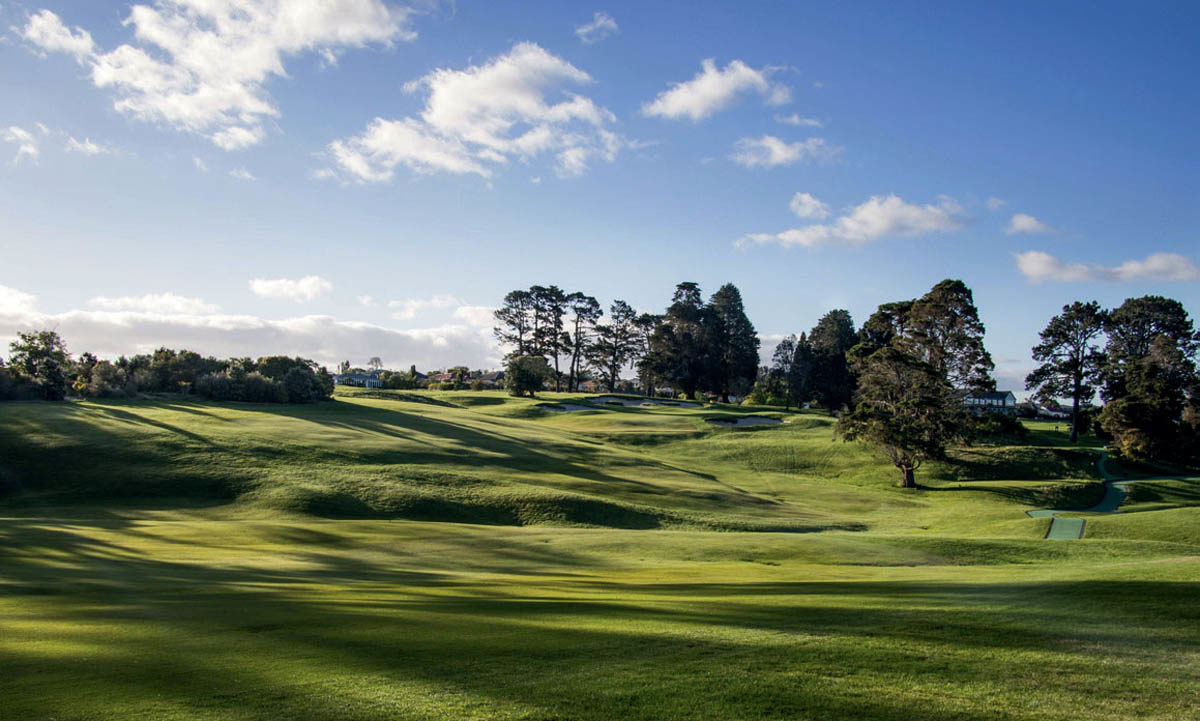

The par-3 11th, ‘Redan’, exhibits MacKenzie’s ethos of employing existing landforms. – Titirangi GC: Slice of Heaven – Titirangi GC, New Zealand by Kristine Kerr – Issue 19 – Kristine Kerr
The best example of pure restoration on the course is the 12th hole, recognised as Titirangi’s prettiest. A par-4, its restoration involved relaying the green and recreating the MacKenzie bunker lines. Trees were cleared where they were pinching the landing area and shading had created poor turf quality.
In the 1920s, the Titirangi site was entirely open. Many of the pines planted over the years to form avenues between holes have been removed and the native bush promoted. This gives the course a very NZ essence – golfers get the experience of a MacKenzie course in a NZ setting.
Technology had an impact on the issue of safety for neighbouring properties, and is an essential consideration in ongoing work that will continue to impact “pure” restoration works.
Titirangi is a fine specimen of the restoration and remodelling of the work of the pre-eminent ‘Golden Age’ golf architect. While a few feature locations may have shifted, it is still a relatively short course by modern standards and notably features including blind drives, rare in modern design, have been preserved.
Often golfers can’t quite put their finger on what it is that keeps them coming back to a certain course. But White describes it as “the quality and cleverness of the challenge”. I would further add that the beauty of a course and its setting are also factors. Let’s leave the final words to MacKenzie, who said: “A really great course must be a constant source of pleasure to the greatest possible number of players.”
Titirangi fits the bill for sure.




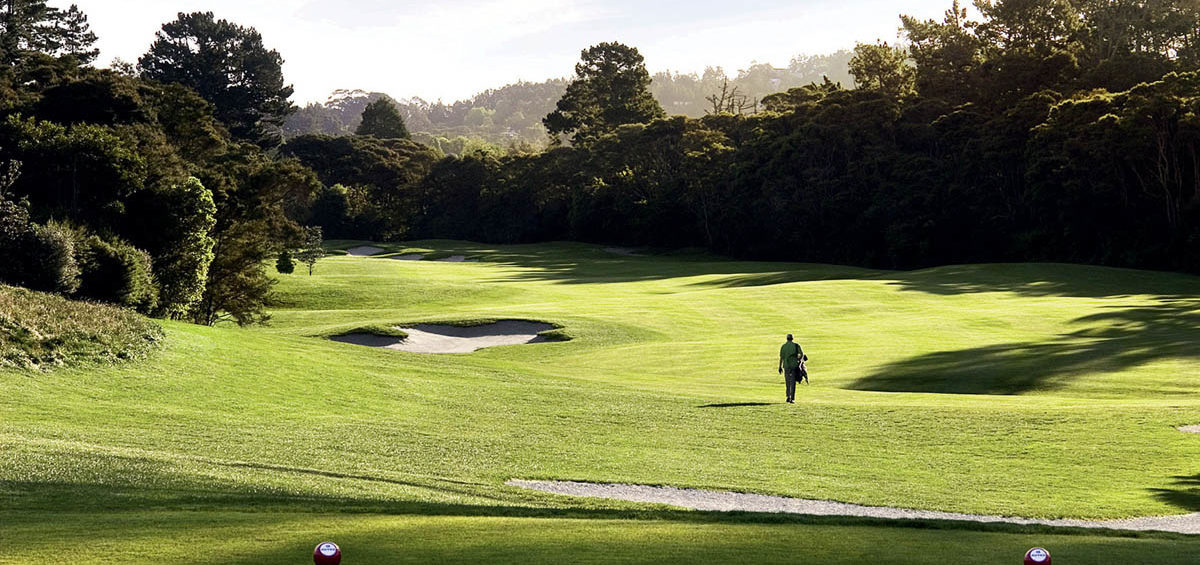

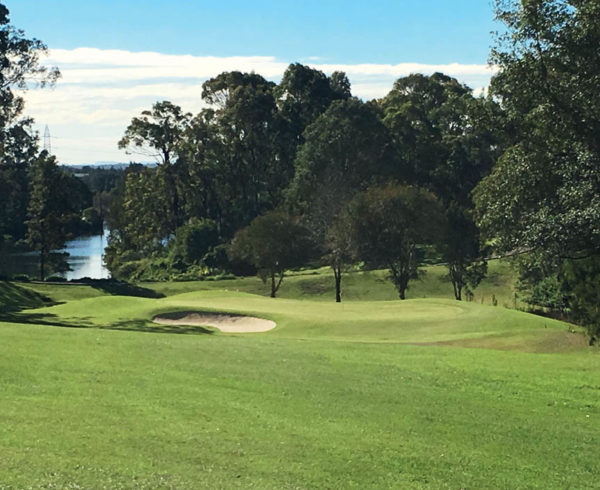
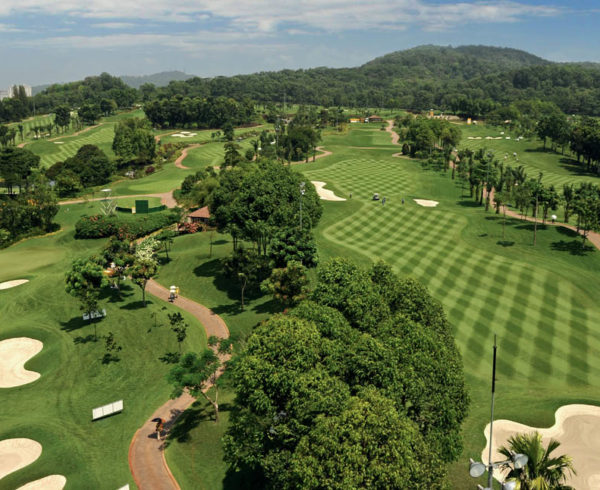
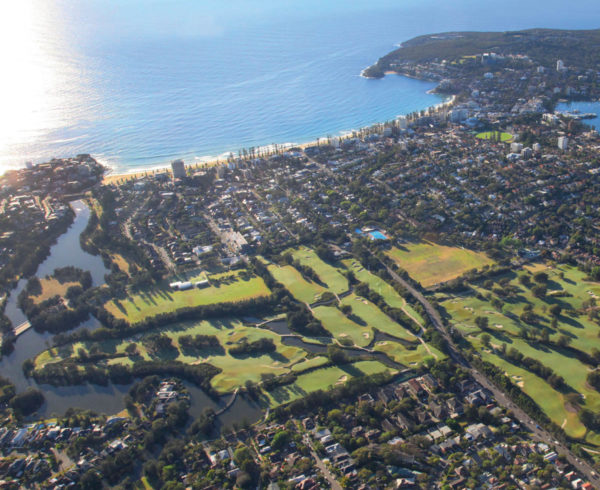
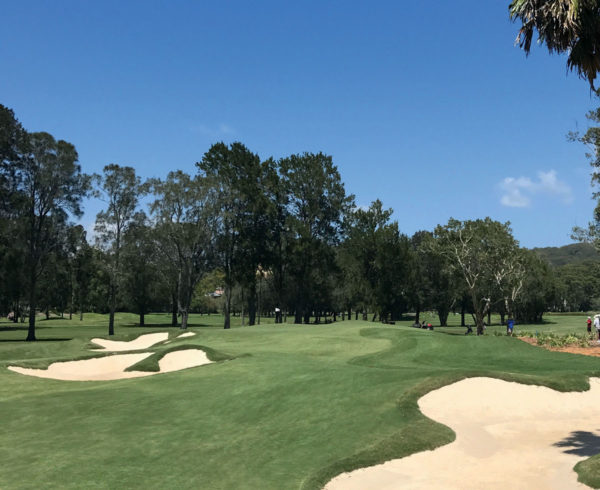
Leave a Comment